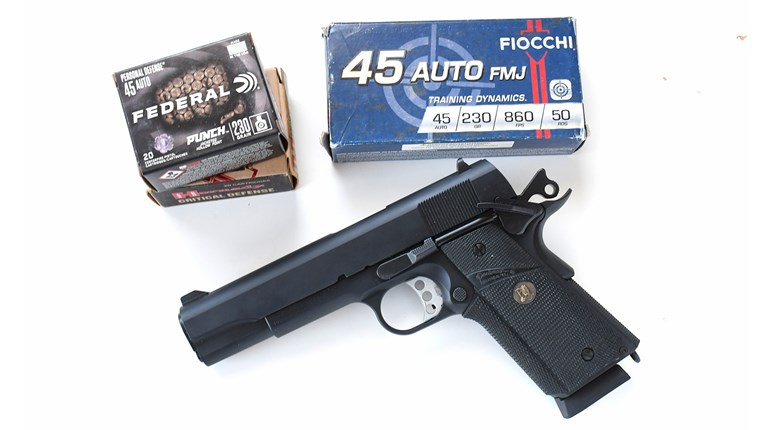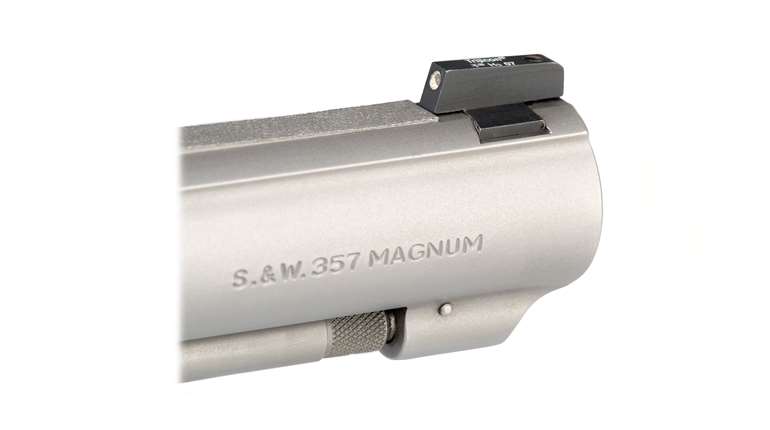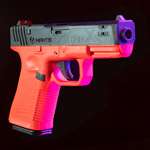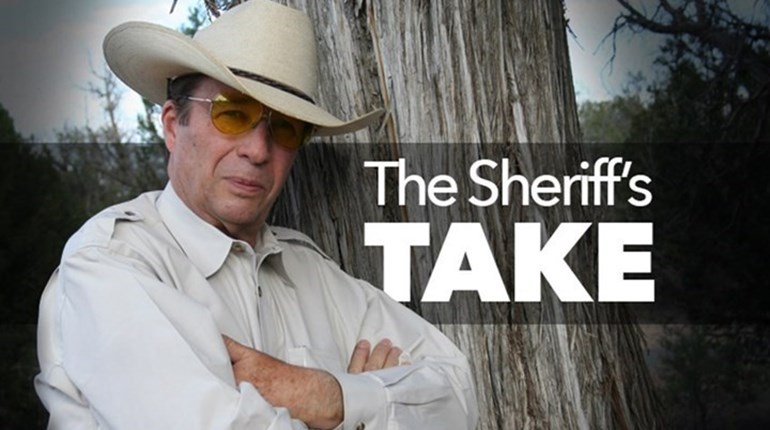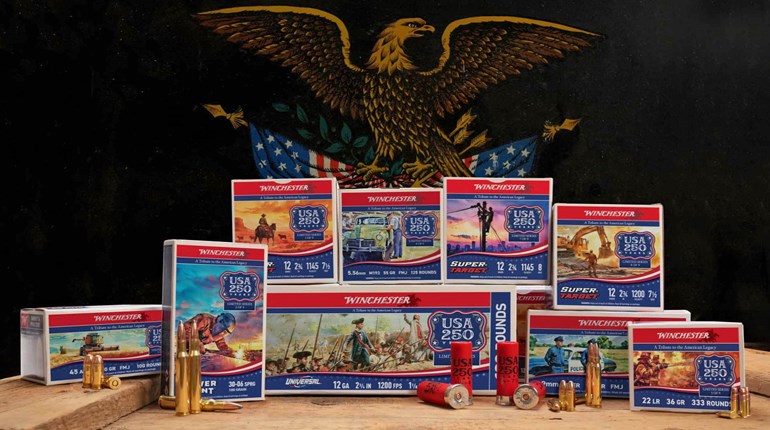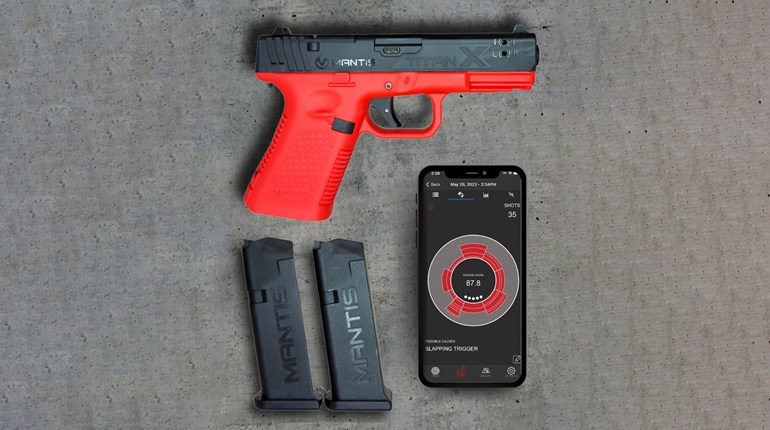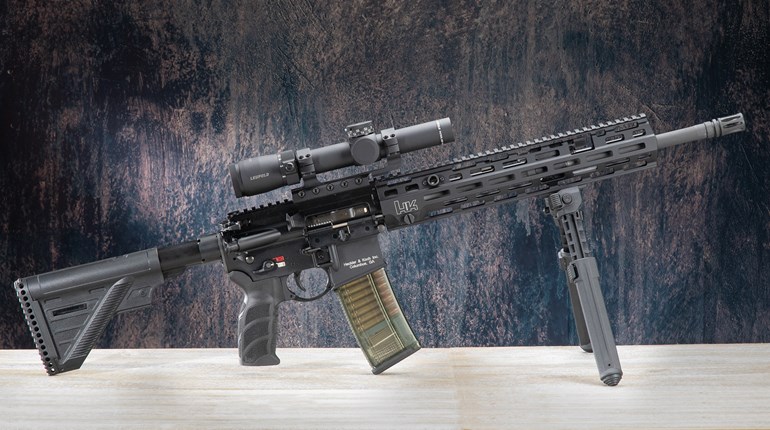
Done the right way, improvements you make to your handgun can make it look and shoot better. Done wrong, well ...
It’s human nature to try and improve our shootin’ irons. We gun folk love to modify them to be better and more accurate. In some respects, it is what advances the program. Otherwise, we would all still be using matchlocks.
I am sure that some handegonne bro back in the mid-1500s decided that was not the best approach and he “improved” his gun by changing it to a snaphance. The name is because he was one of the snaphaans, who were poultry thieves. The glowing match gave away their position, which led to the poultry owners cutting off their heads with swords. So, this guy had a tactical reason to tinker on his gun.
If he got it right, he became a hero—wrong and he got “killed in the streets” (or chicken yard). Either way, he no doubt inspired the next guy to modify his gun. Sooner or later, somebody got it right, which was bad for the chickens.
In 1615 some Billy Bob in France decided there must be a better option and he invented the flintlock. Then along came caplocks, cartridge guns and repeaters, until we have the shooters we use today. It’s rumored that he was killed when his prototype failed, so as a tribute to this tactical pioneer, some shooters name their kids Billy Bob to this day.
There are guys who leave the guns pretty much alone and spend their money on ammo and their time on practice. But, they are boring.
The cool kids can’t leave well enough alone and they simply have to modify their guns, always trying to discover how to make a good firearm even better. These early innovators can easily be identified on the range because they are swearing very loudly and clearing jams.
We all owe them a debt, as their pain is our gain. Sooner or later, somebody will figure out the right way and it will eventually become mainstream and our guns will advance.
In truth, I am quite fond of the hobby-gunsmithing thing, as I have written two pretty successful books on the topic and have a third in the works. Still, I cover established projects, not this experimental stuff that drives innovation.
I encountered the concept early in my shooting life. My buddy had the first 1911 any of us had ever seen. It was a World War II surplus thing that looked like roadkill. The sights were abysmal and the gun was so loose that it shot patterns rather than groups. My pal wanted it for Bullseye shooting and after pricing the top gunsmith’s work, he decided he would do it himself. But, tools were not his thing. Nonetheless, what could possibly go wrong?
“I found an old book at the library on how to do a trigger job,” he told me as we were unpacking at our club’s range. The rain that day was no bother, as the club had just installed a new metal roof over the shooting area.
“I didn’t have all the tools he mentioned, so I improvised. Here, try this,” he said as he handed me the gun.
He was right, the trigger pull was but a whisper. I noted that he had it too light, which he took as a compliment. Basking in the glow of my admiration, he jammed in a loaded magazine, took a one-handed Bullseye shooter’s stance and squeezed the trigger. The gun, of course, went full auto. The recoil from each shot drove his hand higher and higher until the last four bullets stitched along three different panels of the new roof.
He looked at the gun and mumbled what sounded like, “The book said something about not loading a full mag the first time. Probably should have listened.”
In the years that followed, I refused to buy a 1911 because I am a lefty and they discriminated against me. I shot revolvers, just like all the top pistol guys of the day. Then there was the time when a bunch of us signed up for a tactical match in New Hampshire featuring high-tech, hit-sensing targets. It was the first big-time match I ever attended, and every top shooter in the Northeast was there.
Foolish me, I planned to win.
Proud of his work, my buddy convinced me that wheelguns didn’t stand a chance. He insisted I borrow his 1911, which now had a 4-pound trigger pull, new sights and an elegant-looking blued finish. It no longer rattled enough to keep rhythm for a Bee Gees song. He had a right-handed clamshell-style, break-away holster that, if I jammed the gun in backward, seemed to work pretty well.
The start was in the surrender position and when I raised my hands, the holster suddenly felt very light. The rangemaster was a famous gunwriter and martial artist who was very quick with his reaction. Before it even hit the ground, he was on the gun with both boots grinding it into the gravel. That’s when I learn how to reblue.
At least we didn’t have any chicken farmers trying to cut our heads off. Not that day anyway.













